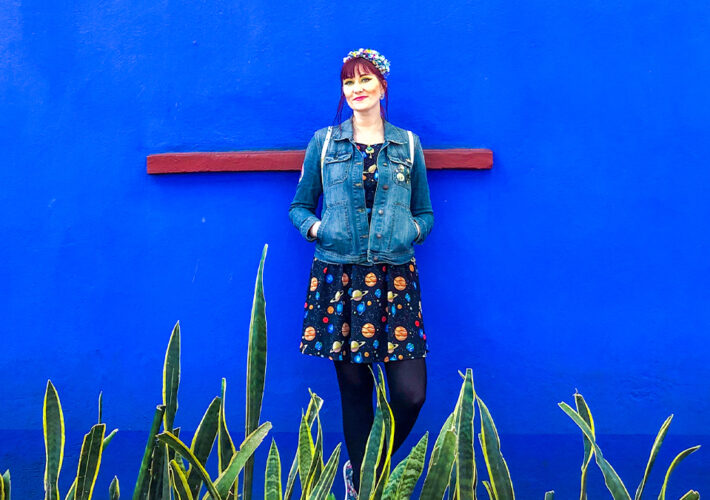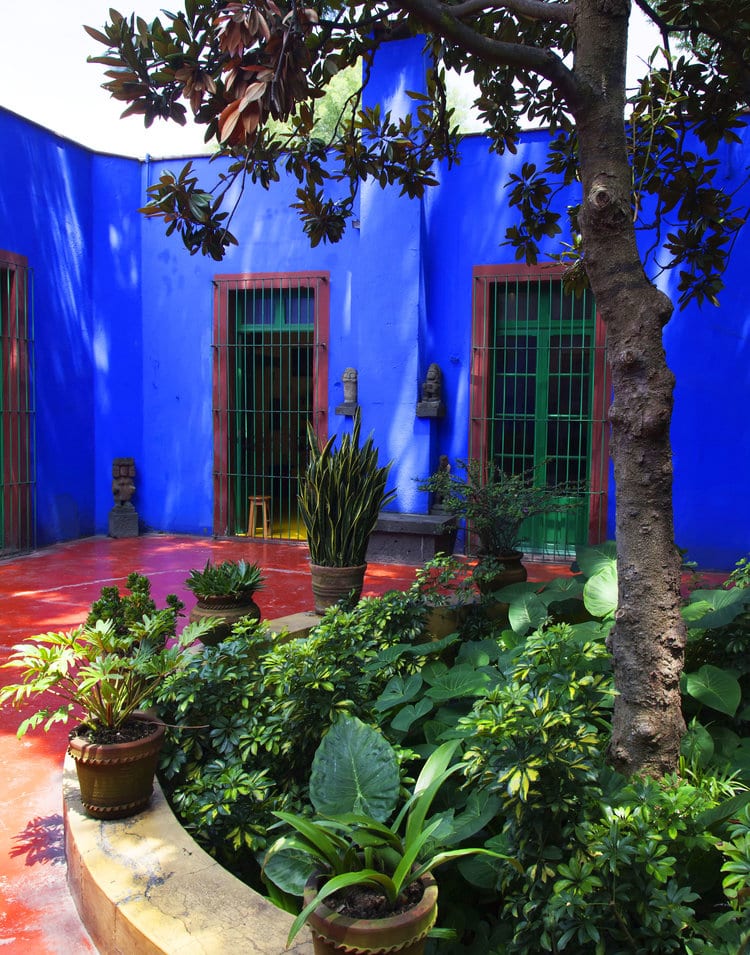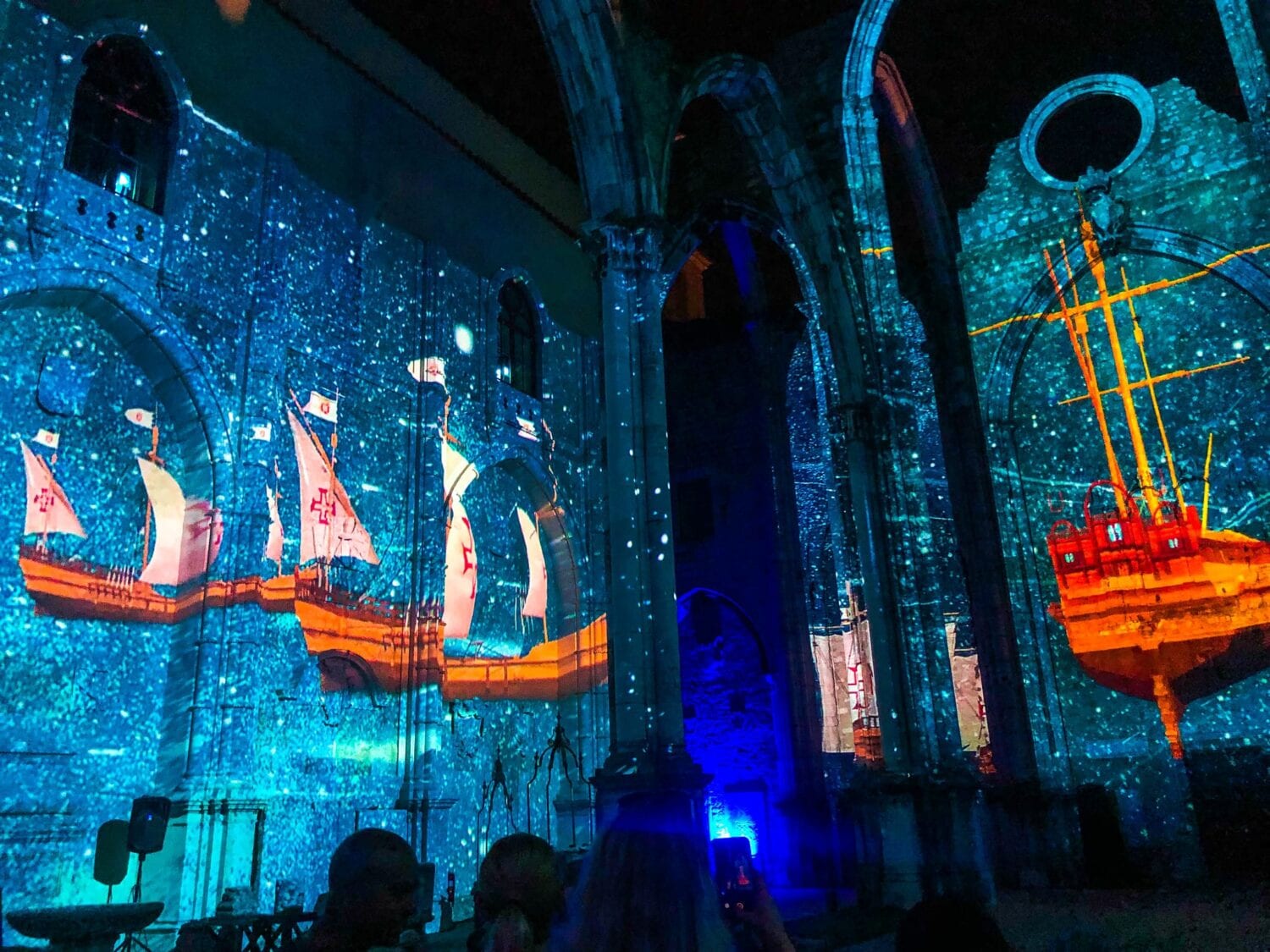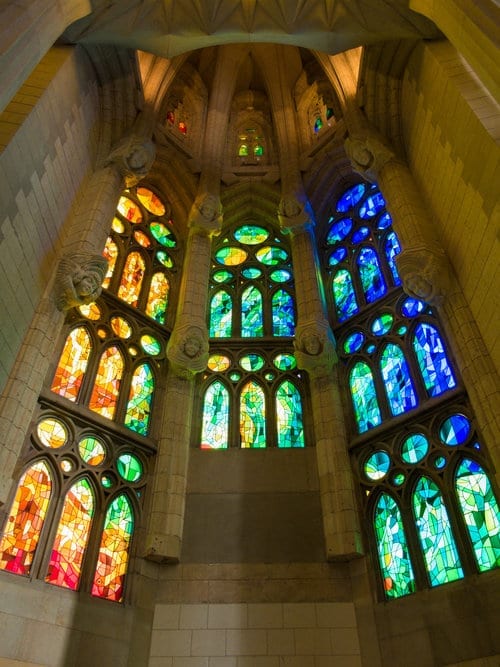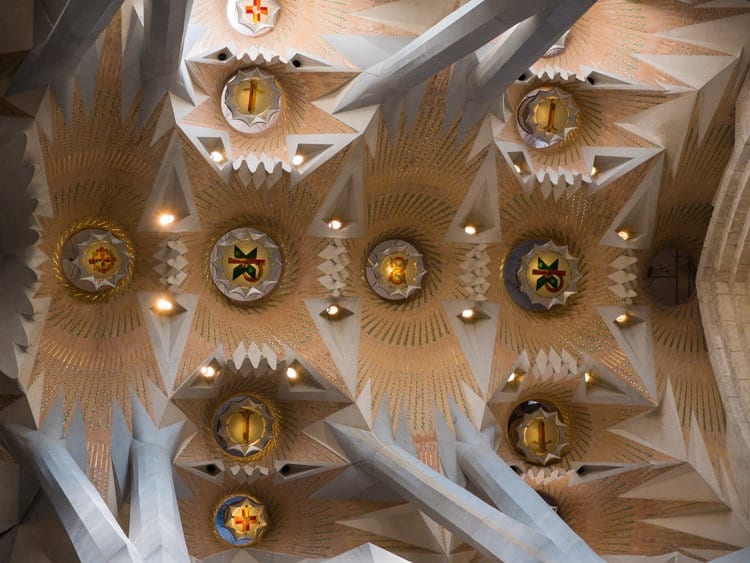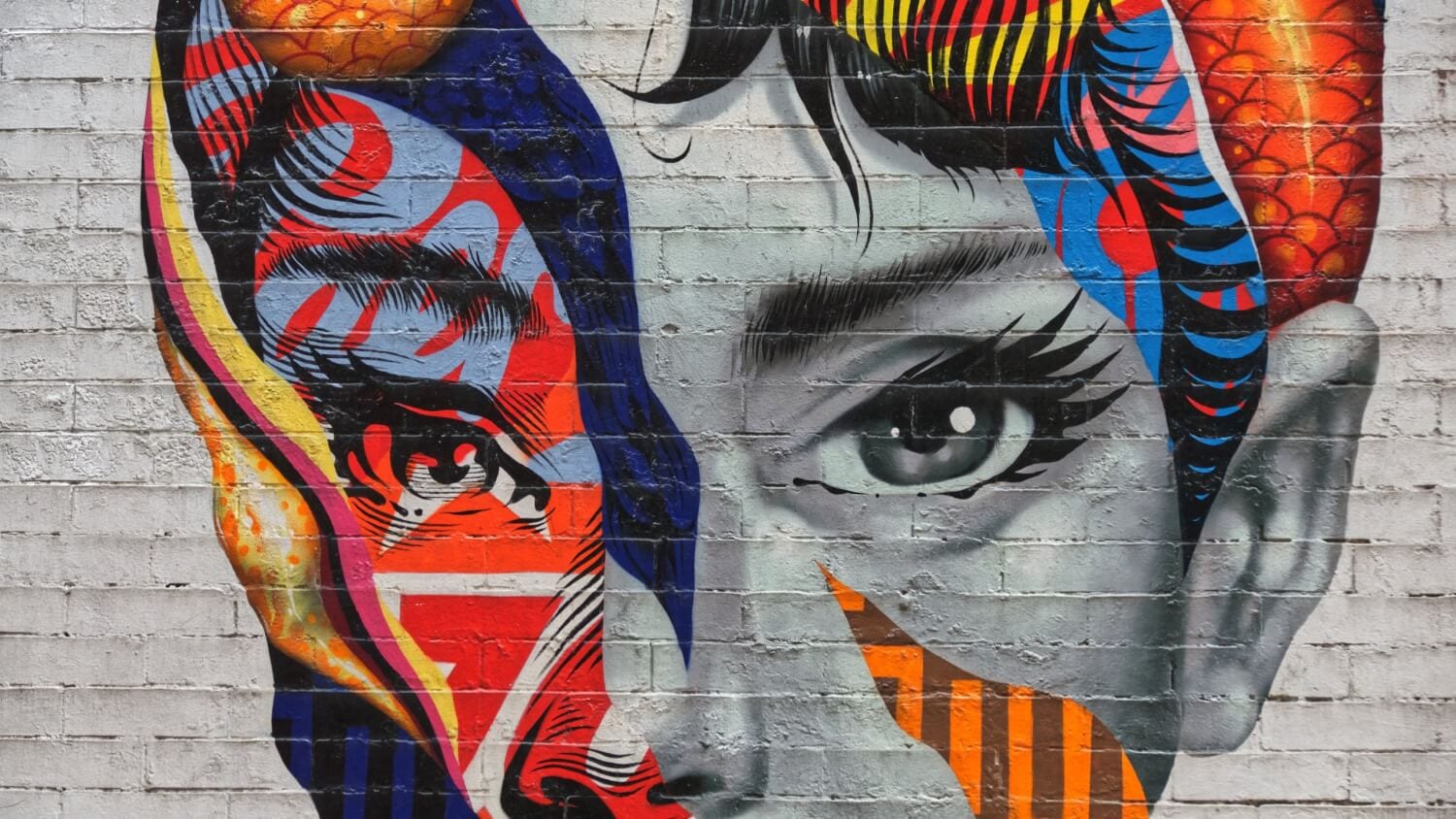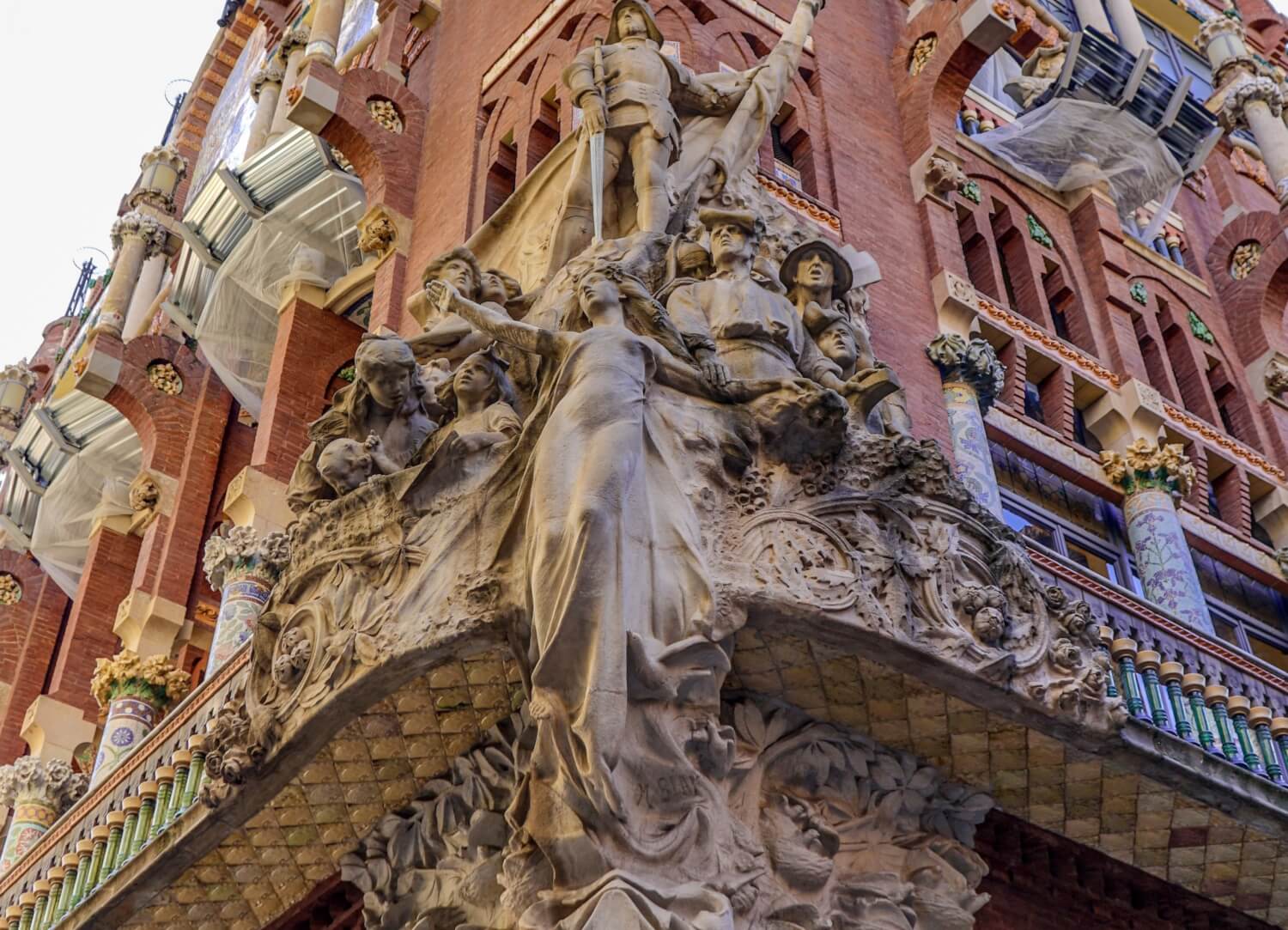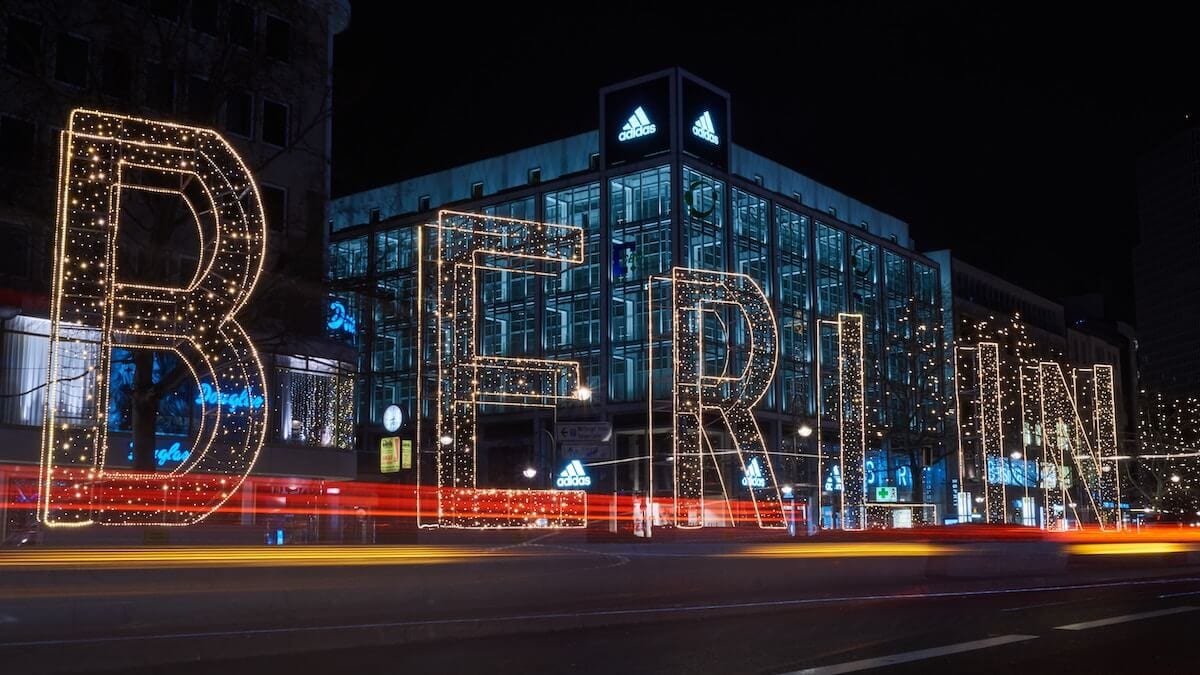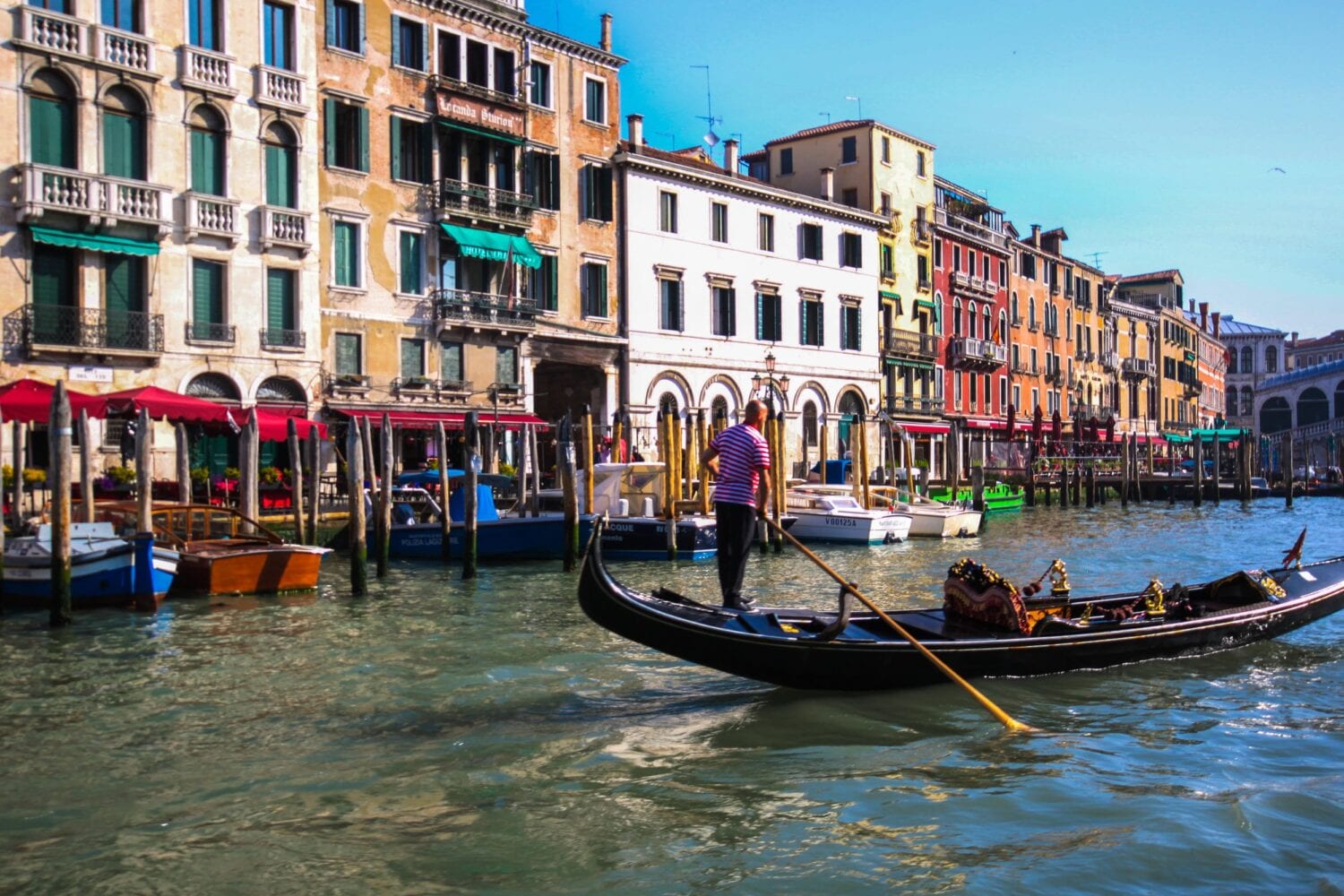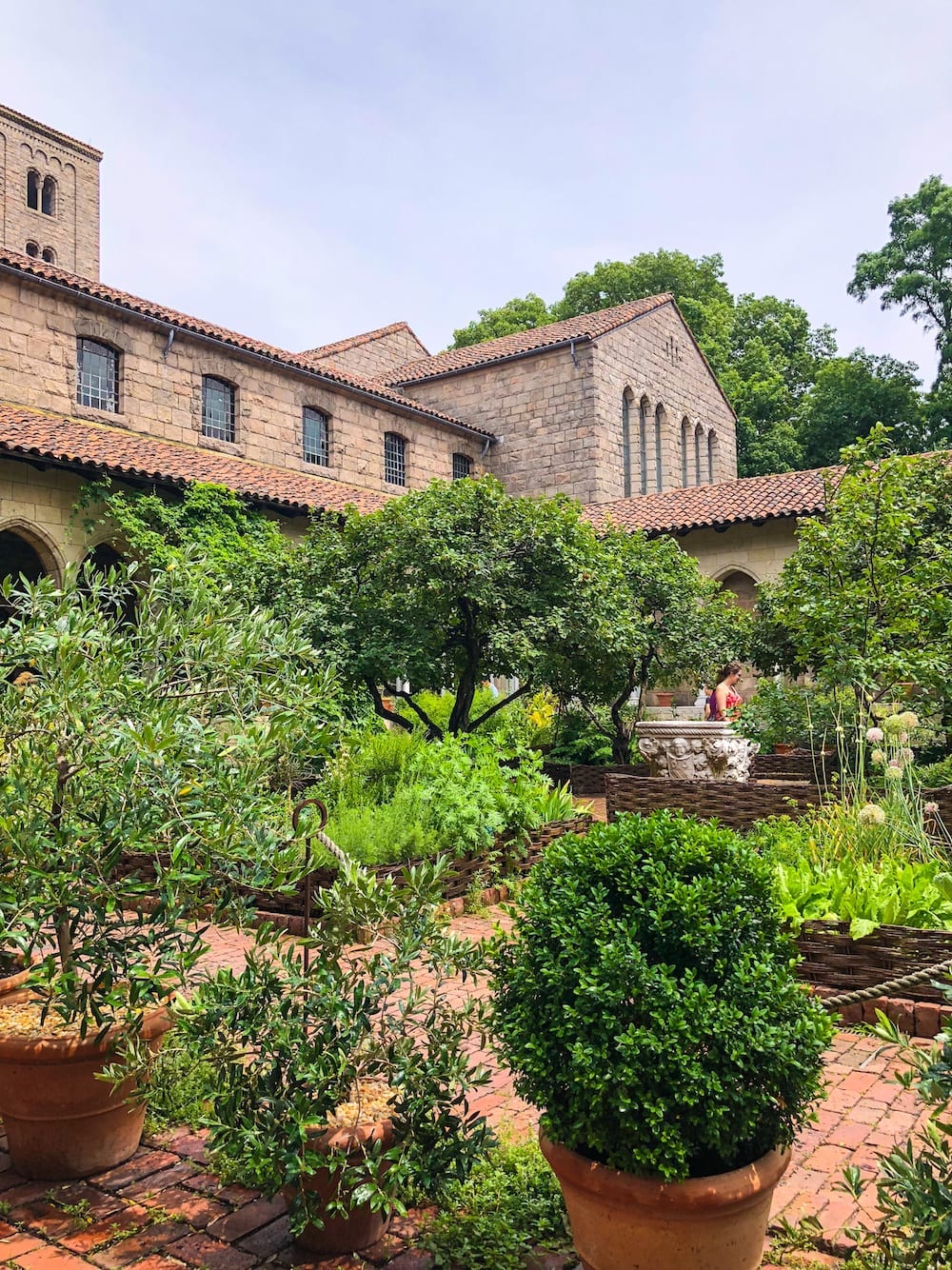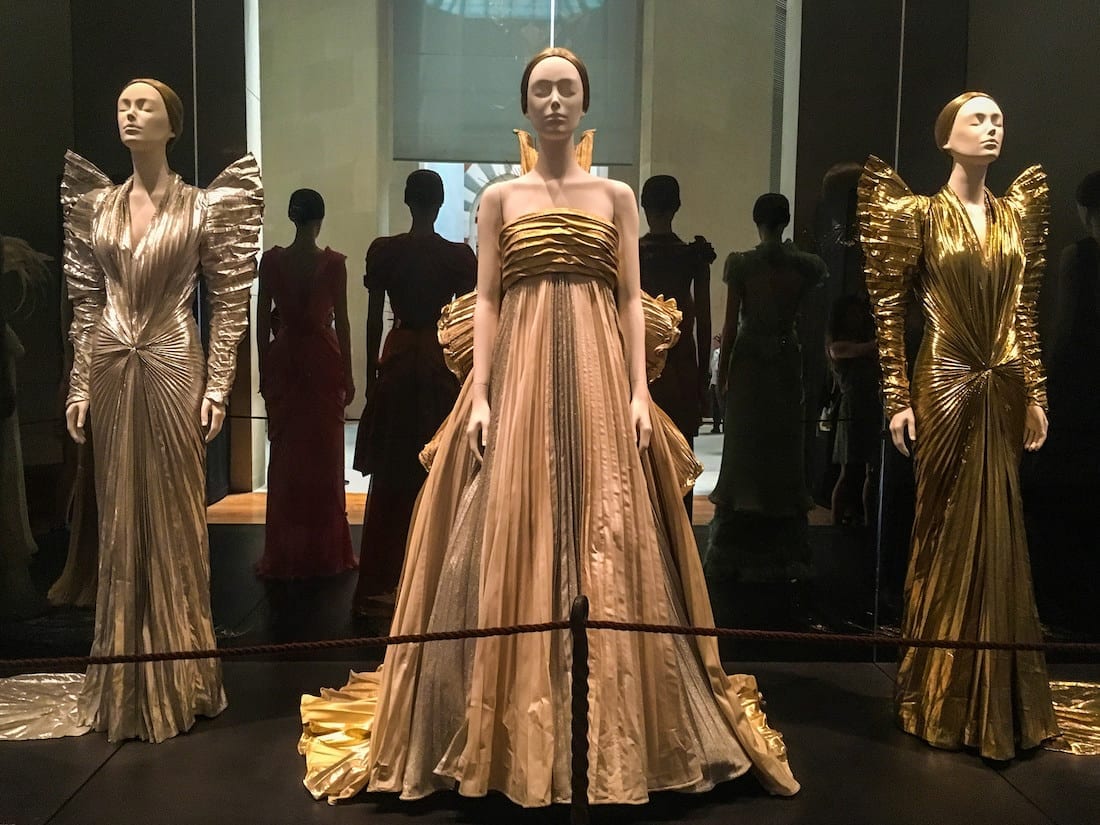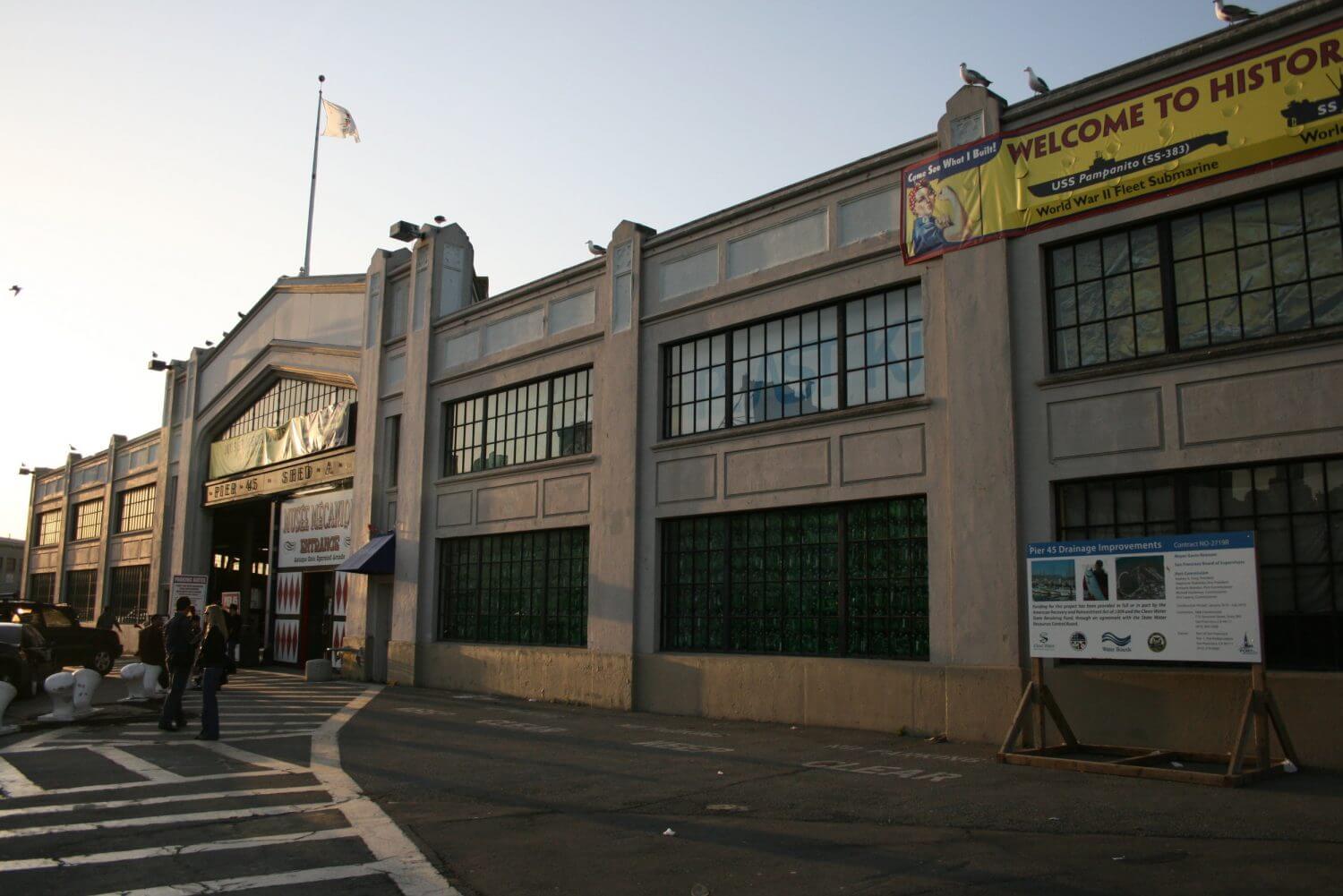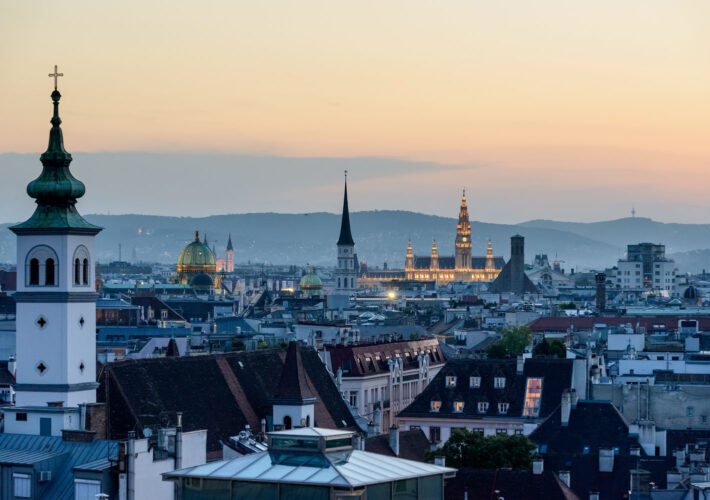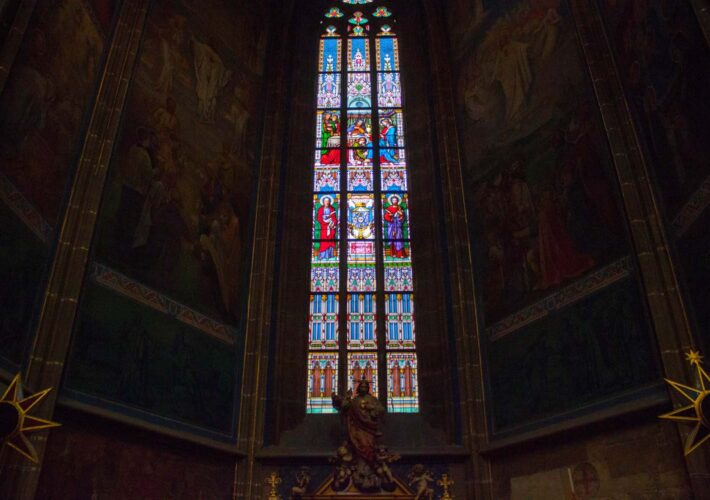Frida Kahlo is Mexico City. Not only did she live there, grow up there and die there, but she also embodied everything I have come to love from this vibrant city. One of the greatest ways of exploring a city, especially if it’s your second visit, is to explore it through the eyes of someone you admire. It’s like being able to step back in time or imagine yourself as that very person you might be so curious to learn about. Even the smallest detail (or street corner) sometimes can reveal so much.
If you’re anything like me, your house is one of the best little peaks into your personality. In each and every corner of my house, I have curated little galleries dedicated to the things which inspired me, which tell stories of my past and keyholes in my future. A home is the most private place in a person’s world, a place where they can feel whole and safe. For Frida Kahlo, this could not be truer. Her home, La Casa Azul or “the blue house”, was the place where she was born, grew up, learned to be an artist, lived with her husband, got divorced and remarried, and where she eventually died. It was her sanctuary but also her cage since for most of her life she was bedridden from injury and sickness. She spent more years of her life inside these cerulean walls than perhaps anywhere else in the world and as such, it is one of the most intimate looks into her life you can experience.
If you’re visiting Lisbon in late spring, early summer, you’ll have the chance to see something truly spectacular at the Carmo Convent. The Carmo Convent is already a pretty astonishing place, but from May to July, when the sun sets, there is a phenomenal transformation which it undergoes. This phenomenon is called ‘Lisbon Under Stars’. In 2018 over 30,000 people came to see this award-winning show and in 2019 those numbers should almost double since they added another month onto the performances dates due to its overwhelming popularity. I was lucky enough to see the show when we were travelling to Lisbon this summer. I was really blown away by the performance and the technical ingenuity it took to bring the whole piece together.
This is my highlights tour to see the most important aspects of the La Sagrada Familia. It’s perfect for those who just want a short introduction to the church or who are on a time crunch!
La Sagrada Familia is THE MOST important sight to see when visiting Barcelona. Its history, design and the feeling you get upon stepping inside in unparalleled. The church feels like a summation of what Barcelona is all about and understanding it before visiting or while you tour it is so essential to better enjoying this fantastic monument.
Graffiti in Barcelona will always be part of the city. The city became a center of fashion, design, art and creativity after the Olympics in 1992. The new art expression became popular in Barcelona. As a consequence, many Graffiti artists visited the city just to paint a part of the city.
In a city filled with incredible architectural masterpieces from Gaudi, there is another architect who often gets forgotten. And yet he is perhaps just as influential in terms of founding the Catalan art form of ‘modernism’. His name is Lluís Domènech i Montaner and one of his best designs is the Palau de la Música Catalana. The Catalan style of architecture called ‘modernism’ was developed to support a new Catalan identity.
One way which I love to explore a city, especially for the first time, is through their works of art. Both historical and right up to modern day. Art teaches us about the culture of people who made it. What was important to them, what moved them, what inspired them? Even what shaped them.
The Grand Canal or Canalazzo is the heart of Venice. Ever since the founding days of the Venetian empire, this canal served as the major thoroughfare for the Venetian people. The most important historical palaces and famous Venetian buildings wrap around the edges of the canal. Once upon a time, the Grand Canal was the like the Rodeo Drive for Venetian aristocrats. The who’s who of Europe could be seen relaxing in gondolas, wearing the newest and most extravagant fashions, cruising up and down the river.
The Heavenly Bodies collection at the Cloisters focuses on the quiet, reflective nature of faith. The outfits are more complicated, require more thought and observation, and due to the remote location, allows you to have a more personal experience with the objects.
The Byzantine Galleries focus on designers who were influenced by Sacred Spaces; the interior of Cathedrals and churches, and who brought elements from those spaces into the garments. The dresses are paired with fragments of floor mosaics from the 5th century as well as pieces of Byzantine jewellery and silverware. The mannequins each stand high aloft of tall plinths. The dresses are still clearly visible and yet are somewhat separated from the historical art along the walls.
Heavenly Bodies explores “fashion’s ongoing engagement with the devotional practices and traditions of Catholicism.” The Vatican collection provides a great reference for seeing the modern fashion in the rest of the exhibition.
There are hundreds of museums all over the world, and almost every one of them is worth a peek inside, but probably my favourite oddball museum is the Musée Mécanique in San Francisco. This place is truly a one of a kind collection of mechanical oddities saved by a devoted collector. Together they tell a story of a bygone era.
The Hakone Open Air Museum is located in the heart of the Japanese countryside. Nestled in between the green hills and valleys of Fuji-Hakone-Izu National Park. Almost most people who travel to the Hakone region come for the views and the onsens, not the art, I highly recommend making a stop here, trust me, you won’t regret it!
Vienna is the capital and largest city in Austria, and as of 2001, the entire town was designated a UNESCO World Heritage Site. It has been named the “City of Music” or the “The City of Dreams” and for good reason. Vienna is home to some of the most interesting architectural masterpieces in Europe.
St. Vitus Cathedral is one of the most astonishing churches in the world, and as such is filled with some of the most incredible pieces of art from across Europe. The best piece of art can be seen all over the walls. The stained glass windows of St. Vitus Cathedral are some of the most transcendent works of art which blend religious history and powerful human emotion.

